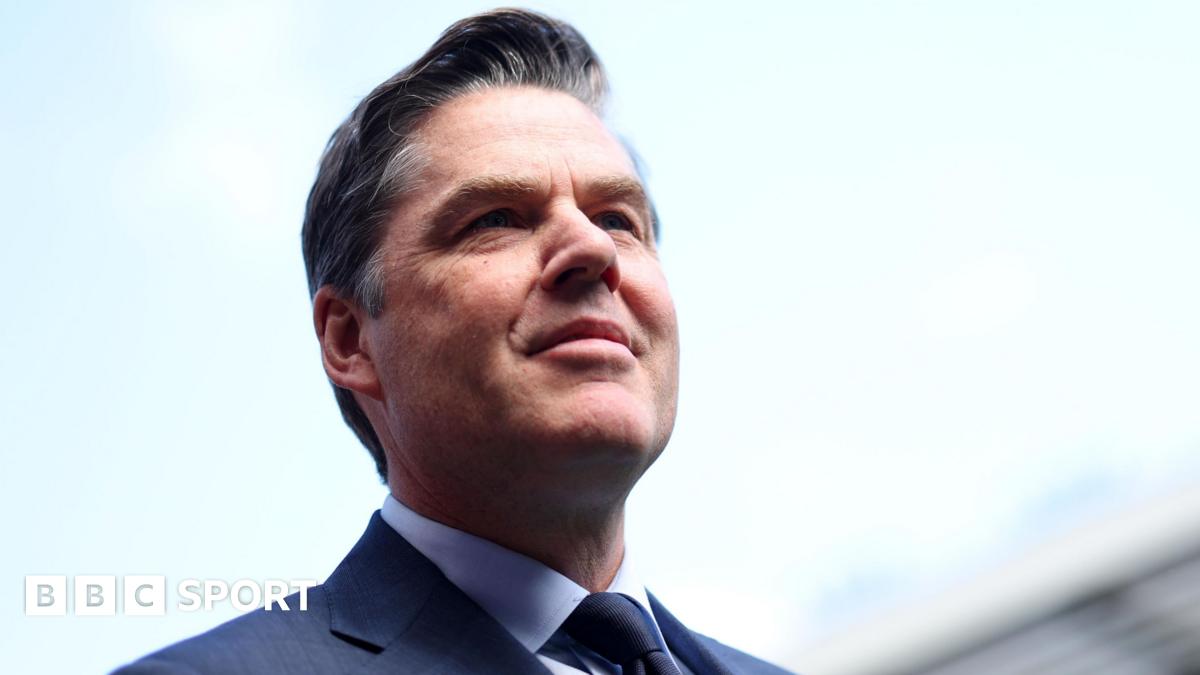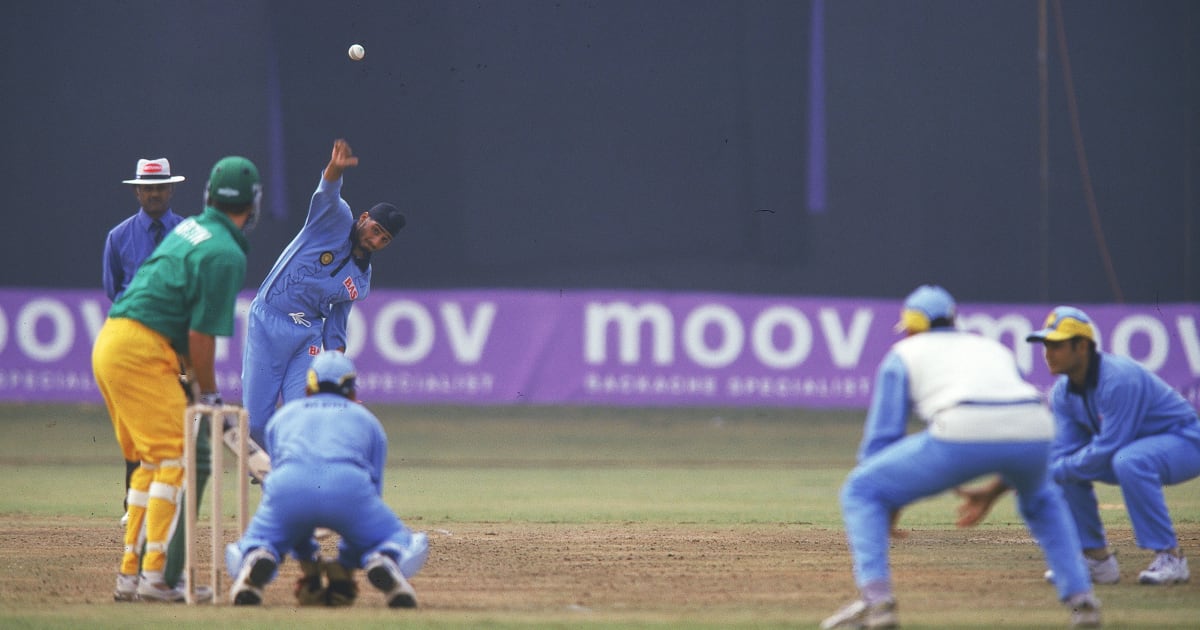The Speech, delivered the day after the President’s Working Group on Digital Asset Markets released the report titled “Strengthening American Leadership in Digital Financial Technology” (the “PWG Report”), outlines the SEC’s commitment to regulatory clarity, innovation, and market competition, and signals a significant shift in the agency’s approach to digital asset oversight1. Atkins referred to the PWG Report as “the blueprint to make America first in blockchain and crypto technology” and noted that Project Crypto is designed to implement the recommendations in the PWG Report and to support President Trump’s vision of making the United States the “crypto capital of the world.”
Atkins declared that most crypto assets are not securities, marking a clear break from the prior administration’s expansive jurisdictional stance and signaling a narrower application of securities laws to digital assets. Atkins, rejecting the prior administration’s “regulation-by-enforcement” approach, also noted that he had directed the SEC staff to:
- Draft clear and simple rules for public notice and comment on crypto asset distributions, custody, and trading.
- Work with the SEC Crypto Task Force , led by Commissioner Hester Peirce, to swiftly implement the PWG’s recommendations.
- Consider using interpretative, exemptive and other authorities to make sure that antiquated rules do not impede innovation and entrepreneurship in the United States.
In his Speech, Atkins highlighted the five key initiatives of Project Crypto, which are summarized below.
Summary of Key Initiatives of Project Crypto
1. Establishing A Clear Regulatory Framework for Crypto Asset Distributions in the United States
- In line with the PWG Report, Project Crypto will drive a Commission-wide effort to establish a regulatory framework for distributions of crypto assets in the United States.
- The SEC will develop and publish clear guidelines to help market participants determine whether a crypto asset is a security, commodity, stablecoin, or other type of digital asset.
- The SEC will work to ensure that being classified as a security is not a deterrent to innovation, but rather a flexible framework for product design and investor participation.
- Atkins emphasized the need for “bright-line rules” and “purpose-fit disclosures, exemptions, and safe harbors” for security tokens, including for initial coin offerings (ICOs), airdrops, and network rewards. These may take the form of new exemptions or a time-limited safe harbor for pre-functional tokens, easing compliance for early-stage projects.
- This initiative aims to reshore crypto businesses that previously left the United States due to regulatory uncertainty and enforcement-driven approaches.
2. Ensuring Freedom of Choice Among Custodians and Trading Venues
- The SEC will ensure that market participants have maximum choice in how and where they custody and trade crypto assets, through possible exemptive or other relief, in addition to changes to the rules themselves.
- Atkins reaffirmed the Commission’s commitment to protecting the right of Americans to self-custody their digital assets, calling it a “core American value.”
- The SEC will carry out the PWG Report’s recommendation to modernize custody requirements for registered intermediaries and facilitate a competitive market for custodial service providers.
3. Embracing Market Competition and Facilitating “Super-Apps”
- Project Crypto envisions a regulatory environment where trading venues and intermediaries could offer a broad range of digital asset services and products—including both securities and non-securities products—under a single, efficient licensing structure (referred to as “super-apps”).
- Per the PWG’s recommendations, the SEC will pursue frameworks that allow “super-apps” to operate, enabling side-by-side trading of security and non-security digital assets, and reducing duplicative regulatory burdens.
- As suggested by the PWG, the agency will coordinate with the Commodity Futures Trading Commission (the “CFTC”) and other regulators to maximize market competition and liquidity, reduce the need for duplicative regulation, and foster inter-agency efficiency.
4. Supporting On-Chain Innovation and Decentralized Finance (DeFi)
- The SEC will create regulatory space for both intermediated and disintermediated (decentralized) on-chain software systems, including DeFi protocols and automated market makers.
- The SEC will distinguish between pure software publishers and intermediaries, and will develop rational, workable rules for systems operating on-chain.
- The Commission will explore amendments to existing rules, such as Regulation NMS, to accommodate on-chain trading of tokenized securities. The SEC Staff has also been directed to consider relief to facilitate tokenization of traditional assets such as equities and debt instruments, to encourage such offerings onshore.
5. Innovation Exemptions and Commercial Viability
- The SEC is exploring the creation of an “innovation exemption” to allow registrants and non-registrants to quickly bring new business models and technologies to market, subject to principles-based conditions.
- The focus will be on commercial viability, ensuring that regulatory requirements do not stifle innovation or drive businesses offshore.
Implications for Market Participants
Project Crypto represents a significant shift in the SEC’s approach to digital asset regulation, with a strong emphasis on regulatory clarity, innovation, and market competition. Market participants—including issuers, trading platforms, custodians, and investors—should closely monitor forthcoming SEC proposals and consider engaging in the public comment process. The SEC is expected to outline proposed rulemakings in the near term, and may use interpretive or exemptive relief in the interim. This creates a window for proactive engagement to shape the rules. Market participants should also consider engaging directly with the Crypto Task Force. Moreover, the initiatives outlined in the Speech are likely to create new opportunities for capital formation, product development, and market entry, while also raising important questions about compliance, risk management, and operational readiness in a rapidly evolving regulatory landscape. For example, custodial arrangements, DeFi participation, and cross-border operating structures may need to be re-evaluated to align with the new framework and capitalize on potential reshoring incentives. While technical registration cases may recede, fraud, cybersecurity breaches, and market-manipulation enforcement will remain active priorities. Accordingly, market participants should also consider reviewing business structures, products, and compliance programs to best position themselves for this new regulatory framework.
Conclusion
Chairman Atkins’ Project Crypto speech marks the beginning of a new era for digital asset regulation in the United States. By embracing on-chain markets, supporting innovation, and providing clear rules of the road, the SEC aims to cement America’s leadership in the global digital finance revolution. Market participants should prepare for a more dynamic, competitive, and innovation-friendly regulatory environment and be ready to seize the opportunities it presents.
Please contact any member of our Fintech & Digital Assets team with questions concerning the Speech or its potential impact on your operations.
1 For further analysis of the PWG Report, please see our prior article “Key takeaways from the White House digital assets report, a strategic framework for U.S. digital asset policy” available at: https://www.aoshearman.com/en/insights/ao-shearman-on-fintech-and-digital-assets/key-takeaways-from-the-white-house-digital-assets-report.
2 The SEC launched the Crypto Task Force led by Commissioner Hester Peirce on January 21, 2025 and have clarified the extent of its regulatory jurisdiction over various digital asset products and services (for more information, see our prior articles on meme coins, stablecoins and staking: “Implications of the SEC’s stance that meme coins are not securities” available at: https://www.aoshearman.com/en/insights/ao-shearman-on-fintech-and-digital-assets/implications-of-the-secs-stance-that-meme-coins-are-not-securities; “SEC staff takes a position on the security status of USD-backed stablecoins” available at: https://www.aoshearman.com/en/insights/ao-shearman-on-fintech-and-digital-assets/sec-staff-takes-a-position-on-the-security-status-of-usd-backed-stablecoins; “SEC staff takes a position on the securities status of protocol staking activities” available at: https://www.aoshearman.com/en/insights/ao-shearman-on-fintech-and-digital-assets/sec-staff-takes-a-position-on-the-securities-status-of-protocol-staking-activities.)
3 On August 4, 2025, CFTC Acting Chairman Caroline Pham announced the launch of an initiative for trading spot crypto asset contracts that are listed on a CFTC-registered futures exchange. In this announcement, Pham stated that “the CFTC is full speed ahead on enabling immediate trading of digital assets at the federal level in coordination with the SEC’s Project Crypto.” This initiative is the first initiative in the CFTC’s “crypto sprint,” announced by Pham on August 1, 2025, to start implementation of the recommendations in the PWG Report.
4 On August 1, 2025, the SEC announced that its Crypto Task Force will host a series of roundtables across the country to provide opportunities for additional stakeholders to meet with Commissioner Hester Peirce, who leads the Crypto Task Force. The task force is particularly interested in hearing from representatives of crypto-related projects that have ten or fewer employees and are less than two years old.








